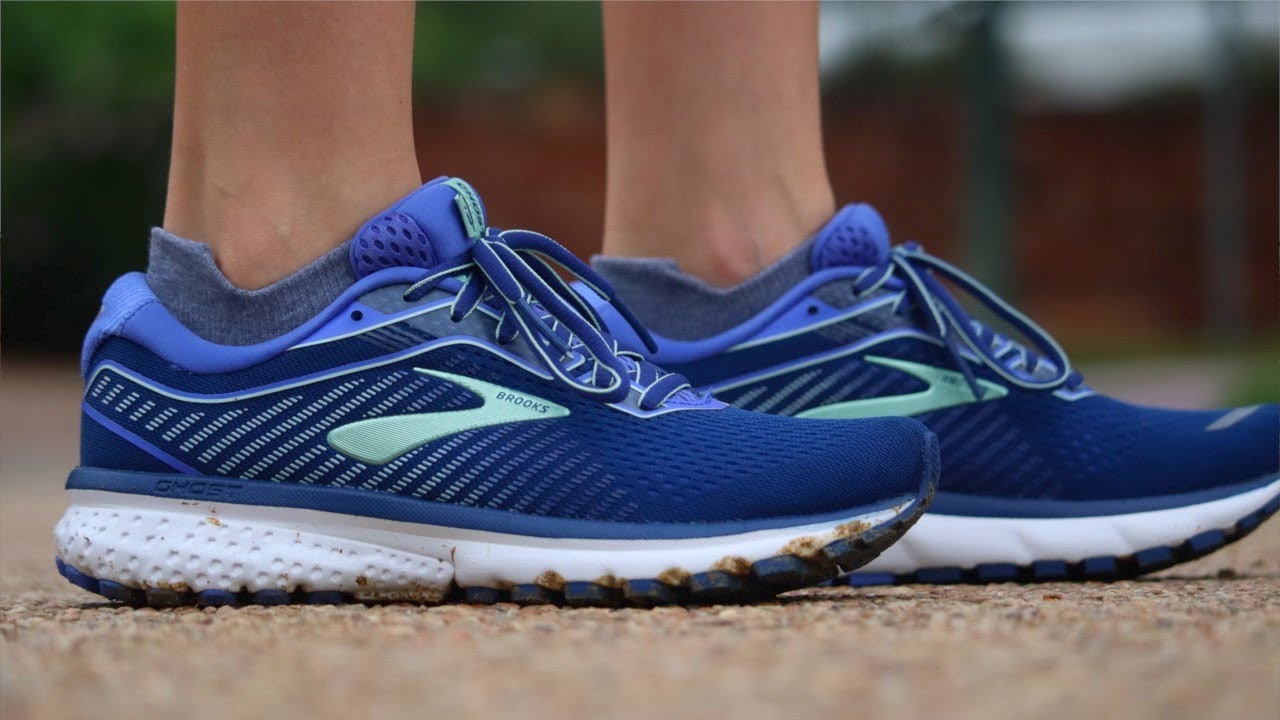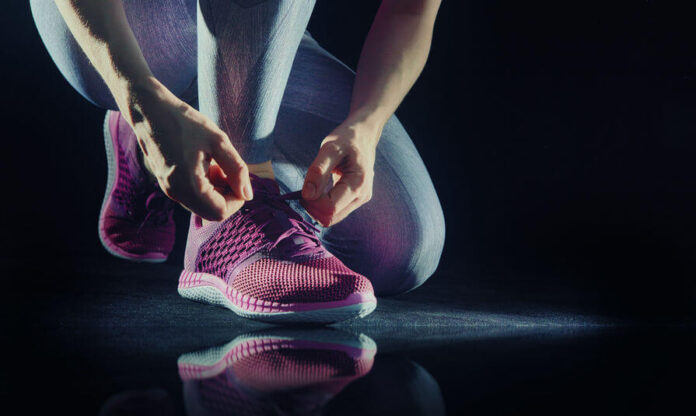Finding the best shoes can be difficult if you suffer from heel spurs. Heel spurs can cause pain and discomfort, and wearing the wrong shoe can worsen this. That’s why it’s important to find shoes that provide the right cushioning and support to reduce heel spur symptoms. In this comprehensive guide, we’ll discuss the best shoes for heel spurs, how to choose the right pair for you, and what to look for when shopping for shoes for heel spurs.
Heel Spurs And Why They Occur
Heel spurs are bony projections that can form at the underside of your heel bone, otherwise known as the calcaneus. They occur when calcium deposits build up in a localised area, causing a sharp pain in your heel or other parts of your foot. Heel spurs are commonly caused by activities that pressure your heel, such as running, jumping, or walking on hard surfaces. Although they do not always cause pain, they can be very painful when inflamed and irritated.
To prevent and treat heel spurs, choosing shoes that provide plenty of cushioning and heel support is essential. Best running shoes and walking shoes should provide ample cushioning and heel support to help reduce the pressure on your heel. Additionally, the best shoes should provide arch support to help keep the arch of your foot from collapsing. Best shoes should also offer plenty of cushioning and flexibility to help reduce the tension in your Achilles tendon. Ultimately, the best shoes should provide cushioning, flexibility and arch support to help reduce the pressure on your feet.
What To Look For In Best Shoes For Heel Spurs
When it comes to finding the best shoes for heel spurs, there are a few essential criteria that you need to take into account. The first is cushioning. Shoes with extra cushioning can help provide additional shock absorption and reduce the strain on your feet. Heel spurs often develop when the feet are subjected to repeated shocks, so cushioning is essential.
 The second factor to consider is support. Shoes designed to offer more stability around the heel are ideal, as they can help provide additional support when walking or running. A shoe with a low-profile heel is also beneficial, as it helps reduce strain on the Achilles tendon and heel area.
The second factor to consider is support. Shoes designed to offer more stability around the heel are ideal, as they can help provide additional support when walking or running. A shoe with a low-profile heel is also beneficial, as it helps reduce strain on the Achilles tendon and heel area.
Finally, shoes with a good fit are essential. Too tight or loose shoes can lead to foot pain and fatigue, worsening heel spurs. It’s necessary to try on several pairs of shoes until you find a pair that fits comfortably and securely.
Overall, the best shoes should have plenty of cushioning, provide adequate support, and be comfortable to wear throughout the day.
Best Running Shoes For Heel Spurs
When choosing the best running shoes for heel spurs, arch support is the most important thing to consider. It’s essential to look for a shoe with good midsole cushioning and an upper that supports your foot in the correct position. Additionally, you want to look for a shoe with deep flex grooves in the forefoot that will provide flexibility and comfort while you run.
No matter which running shoes you choose, wear them with a supportive pair of socks that won’t cause rubbing or irritation. That way, you can be sure your feet will stay comfortable and supported while running or engaging in other physical activities.
Best Walking Shoes For Heel Spurs
If you suffer from heel spurs and are looking for the best walking shoes, there are some essential features to consider. The right shoes should provide cushioning and support to minimise the pain associated with heel spurs. Look for the best walking shoes for heel spurs with extra cushioning, as this will help absorb impact and reduce stress on the heel. Additionally, shoes should be well-constructed with good arch support and a rigid sole for stability. If possible, try them on before buying them to ensure they fit correctly.
A good option for those with heel spurs is a walking shoe with a rocker sole. This type of sole helps reduce the pressure on the heel by rolling your foot forward when walking. There are also some walking shoes with extra padding around the ankle, which can also help relieve pressure.
For extra support, consider a shoe with a thick sole, which will provide additional cushioning and help keep your feet in a neutral position. A lightweight shoe is also essential to prevent fatigue and a breathable material to keep your feet cool and comfortable.
Finally, look for shoes with good grip to stay steady on wet or slippery surfaces. Shoes with wide laces also provide extra stability. All of these features will help you find the best walking shoes and ensure that you stay comfortable while walking.
Best Shoes For Heel Spurs And Achilles Tendonitis
Regarding the best shoes for heel spurs and Achilles tendonitis, looking for shoes with good cushioning and arch support is essential to provide extra comfort. Shoes that feature a deep heel cup are great for reducing the impact of walking and standing and providing stability. Look for shoes with removable insoles to customise your fit and absorb shock. Motion control technology can also benefit those with heel spurs and Achilles tendonitis.
Suppose you suffer from shock-absorbing midsoles and cushioning along the footbed. This will provide maximum comfort and stability as you walk. To reduce irritation and rubbing, choose shoes that are seamless or have a smooth interior. Many brands offer customisable arch heights and widths, allowing you to adjust the fit to your specific foot shape.
Finally, consider investing in orthotic insoles to support your feet and reduce pain. Orthotic insoles can be combined with motion-control shoes to help alleviate the discomfort associated with heel spurs and Achilles tendonitis.
Best Shoes For Heel Spurs And Plantar Fasciitis
Heel spurs and plantar fasciitis can be extremely painful and difficult to manage. Fortunately, many shoes can help relieve the symptoms of these conditions. When looking for the best shoes for heel spurs and plantar fasciitis, you should look for shoes that provide the most cushioning, arch support, and stability.
The running shoe is one shoe that is well suited for heel spurs and plantar fasciitis. Running shoes typically have a lot of cushioning and arch support which helps relieve pain associated with heel spurs and plantar fasciitis. Finding a running shoe that fits your foot correctly and has ample arch support is essential.
Walking shoes are also an excellent option for heel spurs and plantar fasciitis. Walking shoes typically have more cushioning than running shoes and more stability. The extra cushioning and strength help relieve pressure on the feet when walking or standing for long periods.
For those who do not want to wear athletic shoes all the time, there are other shoe options, such as loafers or sandals. Loafers and sandals provide cushioning and arch support while offering sole flexibility. Additionally, they often come in more stylish designs, making them ideal for more formal occasions.
When shopping for the best shoes, it is essential to try on different pairs to find one that fits your foot correctly. It is also necessary to wear orthotics or insoles if needed. Orthotics or insoles can help add extra cushioning, arch support, and stability. Lastly, break in any new shoes slowly before wearing them regularly to ensure they will be comfortable and supportive.
The bottom line is that finding the best shoes can help reduce pain and improve mobility. Be sure to choose shoes with plenty of cushioning, arch support, and stability for the most comfort and protection from these conditions.
Tips For Choosing And Wearing The Best Shoes For Heel Support
When choosing the best shoes for heel support, there are a few key factors to consider. First, look for a shoe that provides adequate cushioning in the heel area. The cushioning should be thick enough to provide shock absorption and support for heel spurs. Second, look for shoes with a secure fit that won’t cause the heel to slip around in the shoe when walking or running. Finally, choose shoes with a supportive soles. A sole with arch support is ideal for providing additional heel stability.
Conclusion
Finding the best shoes for heel spurs can be challenging, but it is essential to take your time and find the right ones. Look for shoes that provide plenty of arch and heel support, cushioning, and shock absorption. The best shoes should also have a firm midsole and a wide toe box. For walking shoes, look for extra cushioning and motion control features. There are also special shoes designed for heel spurs, plantar fasciitis, and Achilles tendonitis. Finally, remember to break in new shoes gradually, choose socks with extra cushioning and arch support, and opt for a shoe size that leaves a thumb-width gap between the end of your longest toe and the end of the shoe. With the right shoes, heel spurs can be managed, and the pain minimised.
Related Websites:
Articles on Blogshunt
Articles on Blogseu
Articles on Blogspeoples
Articles on Thebigblogtheory
Articles on Allcityforums

